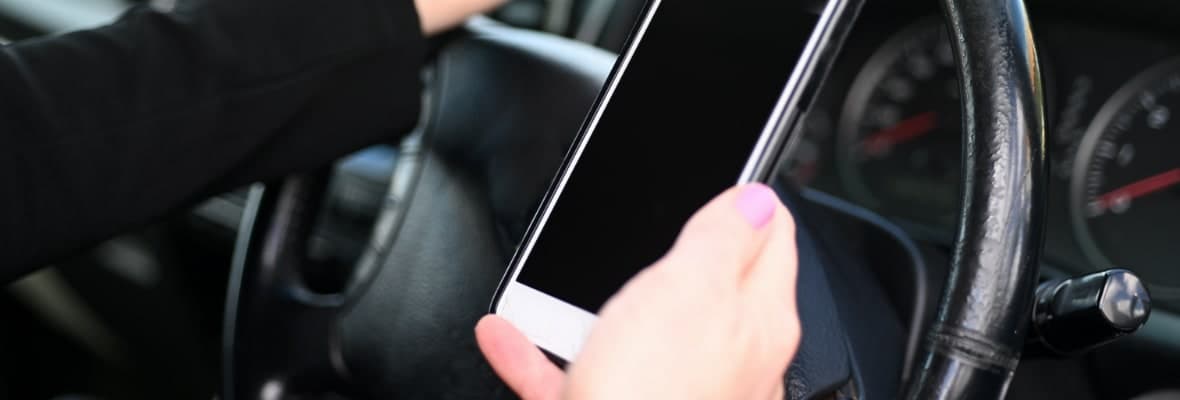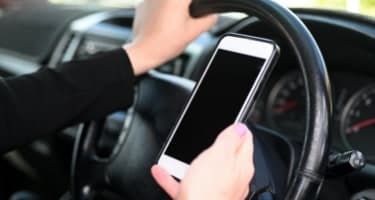Related articles
- 9 road safety tips for your teen learner driver
- 5 simple ways to make your car safer
- How to Safely Share the Road With Non-Motorists
- 9 tips for staying safe in service stations
- Child Car Seat Laws And Regulations
- How to reduce the risks to children of reversing cars
- Licensing of older drivers in Australia
- The must have car safety features in modern cars
- What cars have ISOFIX in Australia
- ANCAP safety ratings explained
- How to reverse park
- How to Avoid or Minimise Hail Damage to Your Car
- School road safety tips for families
- Staying safe in your car
- Using mirrors correctly to eliminate blind spots
- How to choose, install & adjust your children’s car seats
- Driving safety tips
- Give way rules - Who goes first?
- Sharing the Road Safely With Heavy Vehicles
- Do you know your road signs?
- What to do after a car accident
- What To Do in Event of a Crash with Wildlife
- How to drive safely in wet weather
- Why are young drivers considered high risk?
- Which Australian state has the strictest road rules?
- 10 Obscure road rules you didn’t know existed in Australia
- Which states and cities in Australia have the most motor vehicle thefts?
- Learner Driver Restrictions Australia
- Learning How to Drive
- Supervising a Learner Driver: What are the rules?
- Electric Scooter Laws in Australia
- School Road Safety for Kids
Disclaimer: This information is general in nature only. While Budget Direct has endeavoured to ensure the information we’ve relied on is accurate and current, we do not guarantee it. Budget Direct accepts no liability for this information.
Driving safely requires your full attention and research shows that using a mobile phone while driving can now be as risky as drink driving.
While it doesn’t take much for drivers to become distracted, it also doesn’t help when drivers attempt to multi-task.
Multi-tasking (including using a mobile phone while driving) can increase your risk of a serious crash.
Something unexpected can happen at any time while driving so even the smallest distractions can be deadly.
Different types of distractions
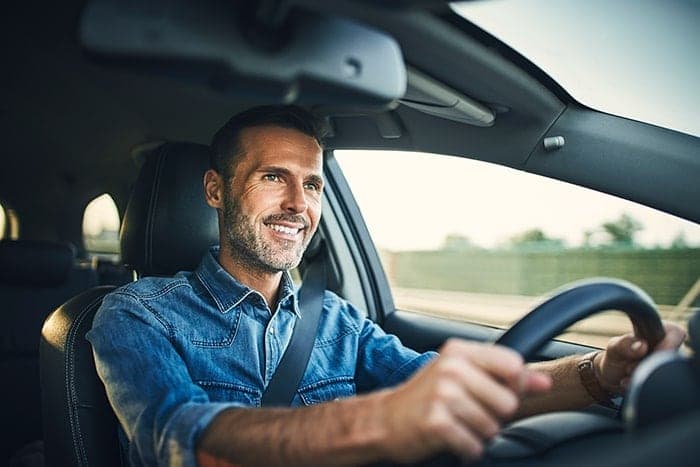
There are three different types of distractions:
Cognitive distractions
- Cognitive distractions cause drivers to lose focus on the task at hand.
- These distractions are known as “inattention blindness” and are often the most difficult to prevent and include talking, arguing, speaking on the phone and daydreaming etc.
Visual distractions
- Visual distractions compel drivers to take their eyes off of the road.
- Taking your eyes off the road has disastrous consequences and can result in a driver driving “blind” when distracted.
- One of the most common examples of a visual distraction is looking at a mobile phone.
Physical distractions
- Physical distractions start when a driver removes their hands from the steering wheel.
- This can reduce the driver’s control of the car and lengthen the time it takes them to react to unexpected road hazards.
- Other physical distractions can include; eating, drinking, changing the radio etc.
Related article: Using a mobile phone while driving: Australian survey 2020
Facts
Here are the facts about distracted driving:
- 30% of young drivers have written and sent text messages while driving.
- Approximately 60% of Australian drivers have admitted to using a mobile phone that isn’t hands-free while driving.
- Those who send text messages while driving have their eyes off the road about 10% of the time. This increases to 40% when drivers retrieve and send text messages.
- Of those who have admitted to using a mobile device while driving, 89% use a mobile that isn’t hands-free to make calls, 68% for navigation, 39% for instant messaging, and 31% use a mobile that isn’t hands-free to check their emails or surf the internet.
- Texting increases the risk of a crash or a near-crash by up to 15 times for car drivers and over 20 times for truck drivers.
- The distraction caused by passenger interaction is the cause of 3.2% of all casualty crashes.
- Inattention is reported to be the primary cause of nearly 30% of fatal crashes and 45% of serious injury crashes each year.
Mobile phones
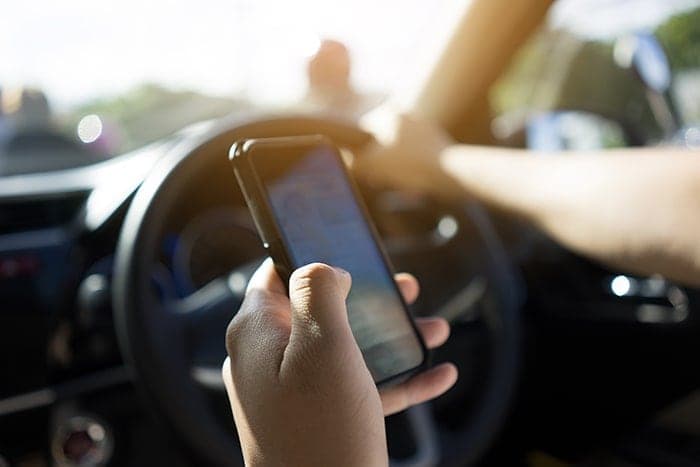
Using a mobile phone that isn’t hands-free while driving can be as risky as drink driving.
While more than half of licensed drivers freely admit to regularly breaking laws related to using mobile phones while driving, some people still might try to justify their behaviour.
Even the smallest distraction from a mobile phone while driving can have devastating consequences.
Drivers who look away from the road for even two seconds can travel more than 33 metres in a vehicle moving at 60km/h. This means that four seconds can pass before the distracted driver can react to a road hazard.
Drivers and passengers are encouraged to turn on the “Do not disturb while driving” function to help avoid using their mobile phones.
As the functionality of mobile phones expands, the number of potential distractions will also rise.
Other distractions
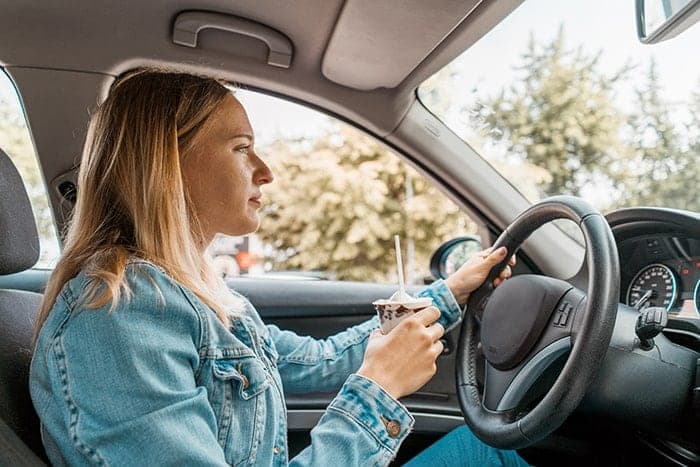
Just sharing a vehicle with another person can increase potential distractions and car accidents.
Although some distractions are unavoidable (e.g. a flying insect in the car, glare from the sun or, the sound of a car horn), most common distractions in the car are preventable.
These can include using your mobile phone, interacting with passengers, listening to music that’s loud or has a faster tempo, eating, drinking, smoking, adjusting vehicle settings, and grooming yourself.
Fixes
Here are ways you can minimise distraction while driving:
- Make any adjustments to the seat, mirror, or other areas of the car before you start driving.
- Finish getting dressed and groomed before you get in the car.
- Do not eat or drink while driving.
- Turn off all electronic devices before you get in the car and while driving (you can still use hands-free technology for phone calls as long as the driver doesn’t touch their phone while driving and has a full license).
- Make sure all passengers are secure before you start driving
- Speak with your passengers about distracted driving.
- Choose quieter music with a slower tempo to minimise distraction while driving
- Always be willing to pull over to the side of the road if anything requires your immediate attention.
Distracted-driving laws
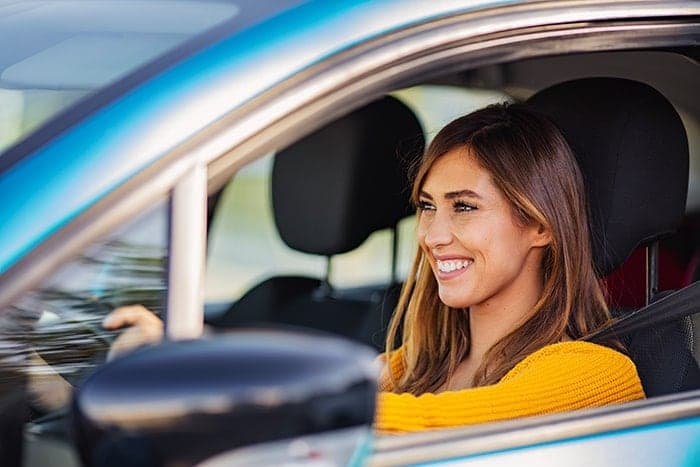
Each state and territory has laws designed to combat distracted driving, some that are common to every jurisdiction, include:
- It is illegal to hold a mobile phone for any reason while driving. This includes making and receiving calls and sending or reading text messages.
- Full licence holders can make or receive calls only if the phone is in a mounting affixed to the vehicle or operated remotely (e.g. Bluetooth).
- It is illegal to hold a mobile phone in a stationary vehicle that is not parked (e.g. when it is stopped at a traffic light).
- Using a hands-free phone while driving is illegal if it causes the driver to lose control of your vehicle in any way.
- Learner and P1 drivers are not permitted to use a mobile phone while driving, even if it’s hands-free.
The penalties for people illegally using a mobile phone while driving will vary from state-to-state and include a monetary fine and a loss of demerit points.
Sources
https://gclaw.com.au/news/texting-social-media-increase-the-risk-of-acar-accident-nar-25
https://amta.org.au/top-tips-for-safe-drivers/
https://www.budgetdirect.com.au/car-insurance/articles/aussie-attitudes-towards-using-mobile-phones-while-driving.html
https://www.cnet.com/au/news/1-in-3-smartphone-owners-use-device-while-driving/
http://www.roadsafety.vic.gov.au/key-issues/distraction.html
https://streetsmarts.initiatives.qld.gov.au/driver-distraction/factsheet
Related articles
- 9 road safety tips for your teen learner driver
- 5 simple ways to make your car safer
- How to Safely Share the Road With Non-Motorists
- 9 tips for staying safe in service stations
- Child Car Seat Laws And Regulations
- How to reduce the risks to children of reversing cars
- Licensing of older drivers in Australia
- The must have car safety features in modern cars
- What cars have ISOFIX in Australia
- ANCAP safety ratings explained
- How to reverse park
- How to Avoid or Minimise Hail Damage to Your Car
- School road safety tips for families
- Staying safe in your car
- Using mirrors correctly to eliminate blind spots
- How to choose, install & adjust your children’s car seats
- Driving safety tips
- Give way rules - Who goes first?
- Sharing the Road Safely With Heavy Vehicles
- Do you know your road signs?
- What to do after a car accident
- What To Do in Event of a Crash with Wildlife
- How to drive safely in wet weather
- Why are young drivers considered high risk?
- Which Australian state has the strictest road rules?
- 10 Obscure road rules you didn’t know existed in Australia
- Which states and cities in Australia have the most motor vehicle thefts?
- Learner Driver Restrictions Australia
- Learning How to Drive
- Supervising a Learner Driver: What are the rules?
- Electric Scooter Laws in Australia
- School Road Safety for Kids
